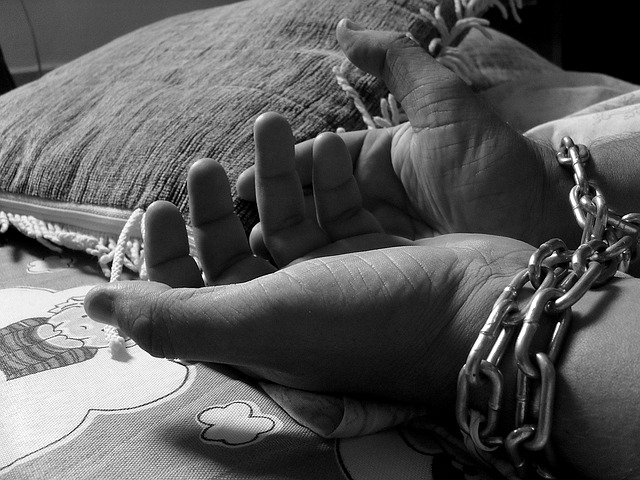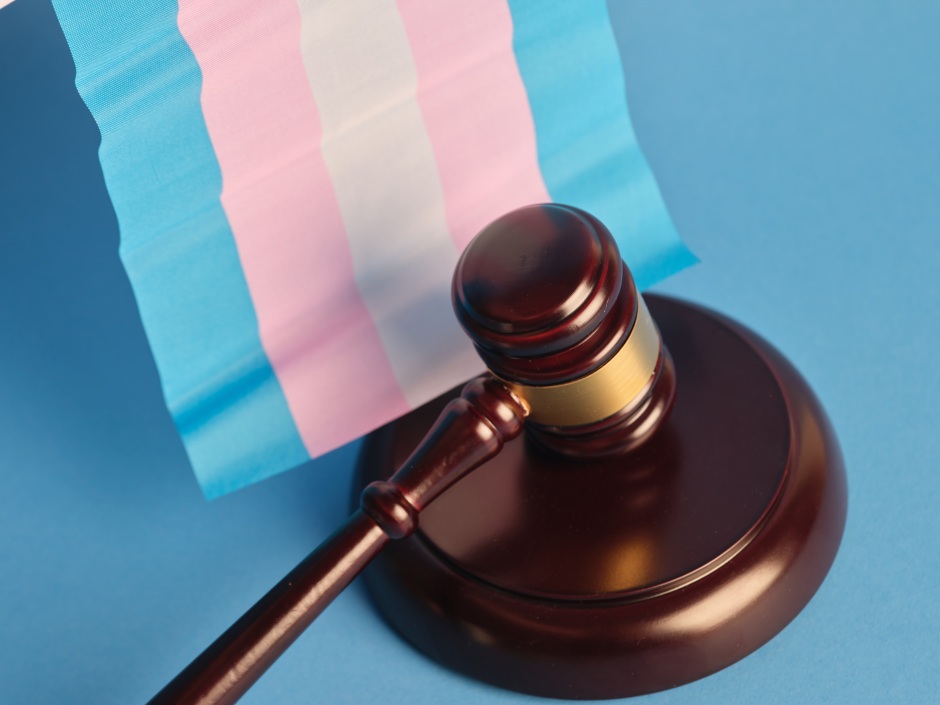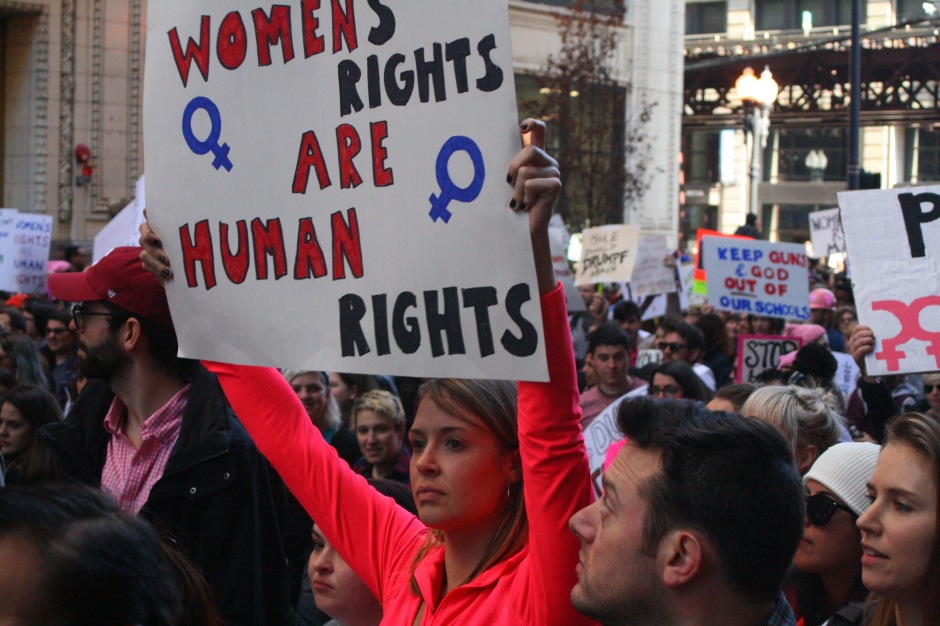Tafadzwa Mufunda considers the rights of fathers to have relationships with their children, the role of family courts when relationships breakdown and the importance – and complexities – of parental responsibility
On a father’s right to see and maintain contact with their children
Being a father is one of the most memorable, challenging, enjoyable, testing, humbling and interesting things a man can do. Whilst being a father is a privilege, every man should have a right or opportunity to have and raise his children, if this is the path he seeks and it is possible. This should be enshrined in the European Convention on Human Rights (ECHR). The most relevant articles in this regard are, Article 5: the right to liberty and security, Article 8: the right to respect for private and family life and Article 12: the right to marry and start a family.
Article 12 relates mainly to marriage and children born within the context of a marriage[1][2]; however, it should include children born outside marriage as well. This is because the concept of a family unit has changed since the Convention was created in 1952. This is reflected in the regular guidance that is produced by the European Court of Human Rights[3]. Other changes that have been considered in the guidance include same-sex marriage or transexuals right to marry. This particularly important because the concept of family and a relationship has changed considerably in the last 70 years. An example is 1950’s Britain outlawed homosexuality for men, which was only decriminalised in 1967[4].
The guidance for Article 8 of the ECHR, does recognise that ‘family’ should not be confined to marriage-based relationships only, as part of the protection it guarantees for this particular right[5]. Marriage, therefore, should not a prerequisite for starting a family, as many couples are opting to start families outside wedlock for a variety of reasons. If a relationship ends, however, being married makes a vital difference in relation to what may happen in children and financial matters. This is reflected in some of main legislation dealing with divorce and financial proceedings and child arrangements upon a breakdown of a relationship: The Children Act 1989, the Matrimonial Causes Act 1973, the Family Law Act 1996, the Married Women’s Property Act 1882 and the Divorce Dissolution and Separation Act 2020.
Parental Responsibility
An example of the importance of marriage is in relation to parental responsibility(PR). PR is defined by the Children Act(CA 1989)[6] as, ‘all the rights, duties, powers, responsibilities and authority which by law a parent of a child has in relation to the child and his property’. PR gives parents the rights to make important decisions in regard to the child(ren)’s lives, including, on education and medical decisions.
If a father was married to the mother at the time the mother gave birth to their children, both parties would have joint parental responsibility for the children. If not, only the mother would have pr. Herein lies the issue. Mothers will always have parental responsibility, but if a father is not married to the mother at the time they have children, or on the birth certificate, he does not automatically have PR. For the purposes of PR, family law classifies them as ‘unmarried fathers’ and they may only acquire parental responsibility in specific ways under s4 CA 1989[7]:
It is arguable that all biological fathers should be granted parental responsibility, like the mother, unless there are extenuating circumstances, for example in the case of a rape or incest, particularly if there was a relationship between the parties.
Article 8 and 12 of the ECHR should extend to fathers having an automatic right to parental responsibility unless there are significant and proven safeguarding risks. In current practice, and when considering whether an unmarried father should be granted PR or a child arrangements order, the courts will consider the child’s welfare[8] and some principles laid out in Re H (Minors)[9].
The Re H(Minors) principles include:
- The father’s degree of commitment to the child;
- The state of the father’s commitment to the child;
- The reasons for making the application.
In cases where the biological father has and is continuing to show commitment to his children, he should have PR, despite his marital status, without having to make an application to the court. Where the mother is not agreeable to this, the father may have to apply for a child arrangements order. This is because if a father is not married, or on the birth certificate of the child(ren), he may need the court’s intervention. In addition, with the current delays in the Family Law system, an application could take months which, in the context of a child’s life, is a significant amount of time.
Complications that arise from Domestic Abuse allegations
Another complicated issue is where allegations of domestic abuse are made.Where a person, male or female, alleges abuse, it is an allegation as opposed to a fact. What could happen, in practice, is that the person accused is often treated as guilty, before being granted an opportunity to defend the allegations. For example, if a mother alleges a father has abused her and the children and leaves/flees the family home to go a refuge.
In this example, the father would have temporarily lost custody/access, justifiably or not, of the children because of the allegations. If the parties cannot resolve the matter themselves, the father will have to go through the court process[10][11]. It is important to note that this could happen in the case of a father leaving the home as well.
Domestic Abuse court process
In the example above, the mother could allege that the reason she has withheld contact, and fled to a refuge, is that the father has abused her and the children. In order to do this, she would have to clearly set out her allegations against the father in a schedule of allegations and write out a statement. The father would also have an opportunity to put forward his responses to her allegations and a produce a statement. In the first hearing of the father’s application, the court will consider whether a fact-finding hearing is necessary. This is a hearing to decide on the mother’s allegations and, potentially, the extent of father’s future role in the child(ren)s lives, depending on the findings.
It is important to note that the court will not try allegations only because they are disputed, or extremely serious or because it would provide parents an opportunity to air their grievances. As per Sir Geoffrey Vos, in the case of K v K[12], ‘the allegations any person makes have to be relevant to deciding whether to make child arrangements order and, if so, on what terms’. This is crucially important, because neither parent should withhold care of a child to the other parent, on the basis of allegations which are not relevant to the children.
An important distinction is that, not all directive, assertive, stubborn, or selfish behaviour, will be abuse in the context of proceedings concerning the welfare of a child’[13]. Some of these behaviours, while unpleasant, should not be used as a reason for stopping contact. The Family Law system is currently strained for multiple reasons, including funding, however a big reason is there are many cases in the system which should not be there.
In the example above, if the father refutes the allegations, he would have to engage with the court process. This could mean he may have to pay for representation, at great cost. Conversely, if the mother had made an allegation of domestic abuse, she could be eligible for legal aid/ free legal representation. This does fuel the myth that Family Law favours the mother/woman, however, it is more accurate to say it favours the primary carer of the children, which, in the majority of cases is the mother of the children. In addition, the court’s paramount consideration, in family matters, is the children and so, judges and magistrates may take a cautious approach in deciding whether contact, between the father and children, is appropriate where allegations have been raised.
From the father’s perspective, it would appear that the Family Law process runs counter to Article 8, 12 and Article 14 of the ECHR, in respect of the fact that he might temporarily lose contact with his children on the basis of allegations raised that are, thus far, unproven. He will, also, very likely, have to pay considerable costs for representation, while the mother might not have to, and he might not receive compensation, even if all the allegations are not found to have happened/untrue, considering the evidence, on the balance of probabilities.
If the allegations made are found to be untrue/not found, the next stage in the process is considering how contact will progress with the father/ the father’s application[14]. Also, the main remedy, if an individual has frustrated the father’s ability to see his children and has been unreasonable, is an application for costs: to be re-imbursed for the costs of the proceedings. Unfortunately, it is very challenging to obtain costs[15] and the courts are reluctant to award them, except in the most serious of cases[16].
Considering the above, it is arguable that fathers’ rights under the European Convention are currently being infringed on because of the way the family justice system works and this needs to change. This need for change is part of the reason Fathers4Justice, and other organisations were formed: a perceived bias against fathers. There is a bias, in regard to the primary carer, and these are statistically more likely to be mothers: a 2023 study has estimated that 1 in 9 full-time stay-at- home parents are fathers[17]
Conclusion
This short piece has sought to highlight some of the issues fathers face in the family court system. Every father should have a right to have and have contact with their child, unless there are proven and significant safeguarding risks towards the child(ren). That said, a distinction should be made : the relationship between the mother and father is different between the parents and the children and a bad romantic relationship does not necessarily mean both parties cannot be good parents.
The courts recognise that where relationships break down, any children involved should be the paramount consideration. In saying that, there is a presumption[18] that having both parents is in the best interests for a child, unless proven otherwise. It is very important for each parent to have a relationship with their child and also, for the child to have this relationship. The child should, ideally, know and benefit from both parents and that should be their right as well as the parents’.
[1] X v Belgium and the Netherlands, App No 6482/74(ECHR, 10 July 1975)
[2] European Convention on Human Rights, ‘Guide on Article 12 of the European Convention on Human Rights, Right to Marry’ pp14 < https://www.echr.coe.int/Documents/Guide_Art_12_ENG.pdf, > accessed 18.02.2023
[3] ibid
[4] Homosexuality was decriminalised by s.1(1) of the Sexual Offences act 1967
[5] European Convention on Human Rights, ‘Guide on Article 8 of the European Convention on Human Rights, Right to Marry’ < https://www.echr.coe.int/Documents/Guide_Art_12_ENG.pdf, > accessed 18.02.2023
[6] Children Act 1989, s(3)(1)
[7] Children Act 1989, s 4
[8] Children Act 1989, s 1 (1) (b)
[9] Re H (Minors)(Local Authority : Parental Rights) (No 3) [1991] 2 WLR 763
[10] Children Act 1989, s 8
[11] HM Courts & Tribunals Service, ‘Form C100’ (Courts, sentencing and tribunals, 21 July 2022) <https://www.gov.uk/government/publications/form-c100-application-under-the-children-act-1989-for-a-child-arrangements-prohibited-steps-specific-issue-section-8-order-or-to-vary-or-discharge > accessed 18 February 2023
[12] [2022] EWCA Civ 468, para 67.
[13] Re L [2017] EWCA Civ 2121
[14] FPR, PD 12J, para 28 – 40
[15] Re T (Order for Costs) [2005] EWCA Civ 311
[16] Stuart Hughes and Sabuhi Chaudhry, ‘Fact Finding Hearings: Who Pays?’ (Family Law Week, 14 September 2012) < https://www.familylawweek.co.uk/site.aspx?i=ed100553> accessed 18 February 2023
[17] Fatherhood Institute, ‘ Stay at home dads in the UK : A Fatherhood Institute Briefing’ (January 2023) < http://www.fatherhoodinstitute.org/2023/stay-at-home-dads-rise-by-a-third-since-pre-pandemic/#:~:text=The%20data%20shows%20that%20one,one%20in%2014%20in%202019 > accessed 18 February 2023.
[18] Children Act 1989, s 1(2a)
DISCLAIMER: THE BPP HUMAN RIGHTS BLOG, AND ALL PIECES POSTED ON THE BLOG, ARE WRITTEN AND EDITED EXCLUSIVELY BY THE STUDENT BODY. NO PUBLICATION OR OPINION CONTAINED WITHIN IS REPRESENTATIVE OF THE VALUES OR BELIEFS HELD BY BPP UNIVERSITY OR THE APOLLO EDUCATION GROUP. THE VIEWS EXPRESSED ARE SOLELY THAT OF THE AUTHOR AND ARE IN NO WAY SUPPORTED OR ENDORSED BY BPP UNIVERSITY, THE APOLLO EDUCATION GROUP OR ANY MEMBERS OF STAFF.’
Photo by Kelli McClintock on Unsplash










